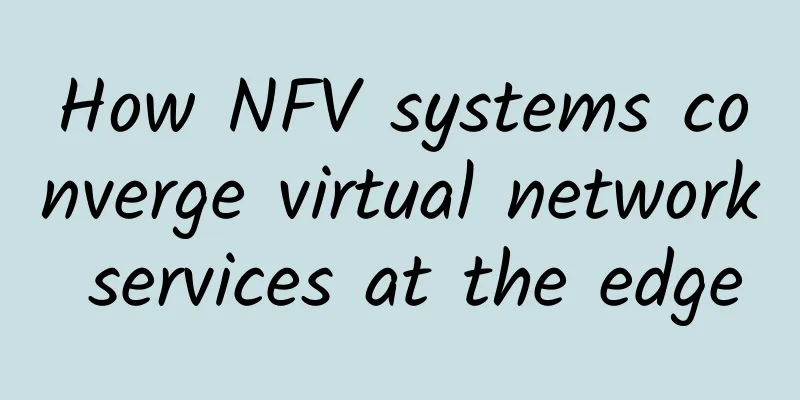The Evolution of Ethernet: From 10BASE-T to 40GBASE-T and Beyond

The Evolution of Ethernet: From 10BASE-T to 40GBASE-T and BeyondEthernet is a technology that enables devices to communicate on a network by establishing a wired or wireless connection. It is an important component of computer networks and is essential for communication and data exchange between devices. This article will explore the history, technical specifications, features, advantages and disadvantages of Ethernet, and its future prospects. What is Ethernet and how does it enable devices to communicate on a network?
Why is Ethernet important in computer networking?
What are the technical specifications and characteristics of Ethernet (such as 10BASE-T Ethernet)?
What are the advantages and disadvantages of 10BASE-T Ethernet?
How do 100BASE-TX Ethernet and 10BASE-T Ethernet differ in terms of technical specifications and features?
What are the advantages and disadvantages of 100BASE-TX Ethernet, and how does it compare to 10BASE-T Ethernet and other network technologies?
What are the technical specifications and features of 1000BASE-T Ethernet?
What is 40GBASE-T Ethernet and how does it compare to other Ethernet standards?
What are the advantages and disadvantages of 40GBASE-T Ethernet?
What is the future of Ethernet? How will it evolve to meet modern network demands?
SummarizeIn summary, Ethernet has come a long way since its introduction in the 1970s. It continues to play a vital role in enabling communication and data exchange between devices in local and wide area networks. From 10BASE-T to 40GBASE-T, Ethernet standards have evolved to provide higher speeds, longer reach, and more efficient use of cabling infrastructure. As the demand for higher bandwidth and more advanced network technologies continues to grow, Ethernet will have to evolve and adapt to meet the needs of the modern network environment. |
<<: What is Power over Ethernet (PoE) and what are its benefits?
>>: The Ultimate Guide to Ethernet Switch Ports: Identifying and Choosing the Right Port
Recommend
BGPTO: 50% off on Singapore dedicated servers, E3-1230v3/16GB/480G SSD/10M only 325 yuan
BGPTO is a foreign independent server sales site ...
A thorough investigation of the history behind Huawei's high-quality Wi-Fi ONTs
[51CTO.com original article] Only after careful c...
Innovation is the key to 5G's "three good"
Wen Ku, director of the Information and Communica...
[Black Friday] HawkHost: Cloud Web Hosting/Semi-Dedicated 70% off, Hong Kong/Los Angeles and other data centers
HawkHost's Black Friday promotion this year i...
Why is 5G a boon for enterprises exploring the development of the Internet of Things?
There is an interesting analogy to understand IoT...
Addressing IoT and edge computing security challenges
Edge computing provides computing, storage, and n...
The Advancement of WiFi 6 Wireless Router Market Report for the First Half of 2020
In the first half of 2020, affected by the epidem...
WiFi 7 will have these improvements with a speed 2.4 times faster than WiFi 6
At the MediaTek Technology Summit, MediaTek annou...
V5.NET: Hong Kong CN2 server 625 yuan/month, 2*E5-2630L/32GB/1TB SSD/10M CN2 line
V5.NET has released a special promotional model, ...
Home Networking Guide - How to Create WiFi Throughout Your Home During the Renovation Season
September and October are the golden months. Now ...
How will the emergence of 5G affect AI federated learning?
As development teams scramble to build AI tools, ...
Awesome! Inspur Network CN12900 won the "Excellent Data Center Network Product Award"
At the beginning of 2019, the annual selection li...
Do you know some new features of RocketMQ 5.0? Let me tell you.
In order to evolve towards cloud native and impro...
6G is not just a gimmick, 5G still has problems
Faced with the huge demand of nearly 800 million ...
RackNerd June Promotion: 1.5G memory VPS annual payment starts at $15.78, multiple data centers in San Jose/Seattle, etc.
RackNerd released a promotional package for June,...









